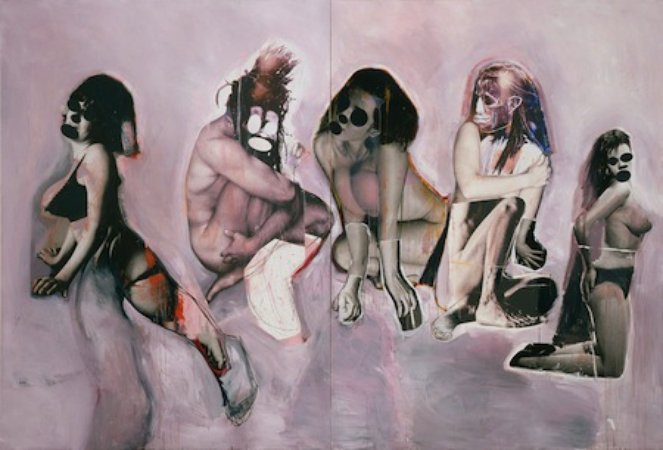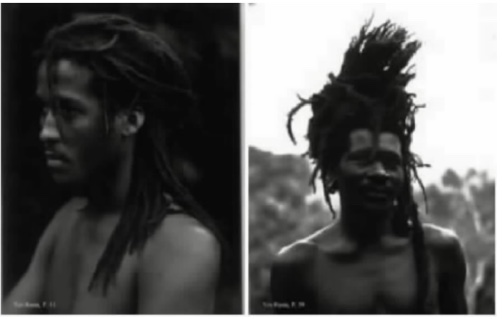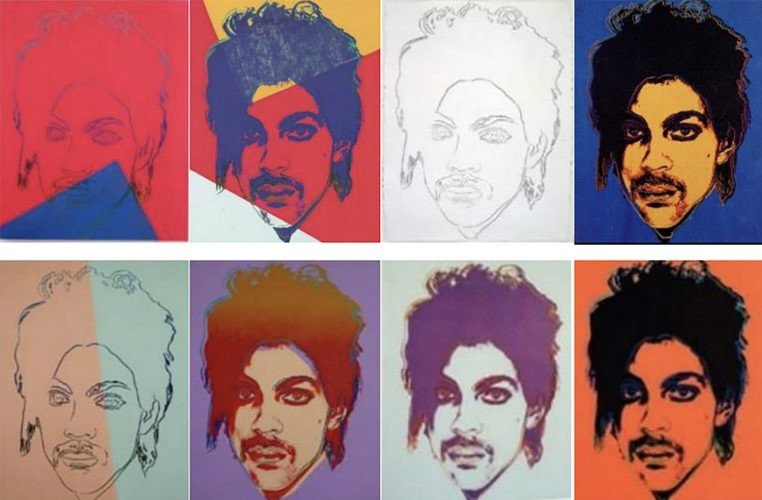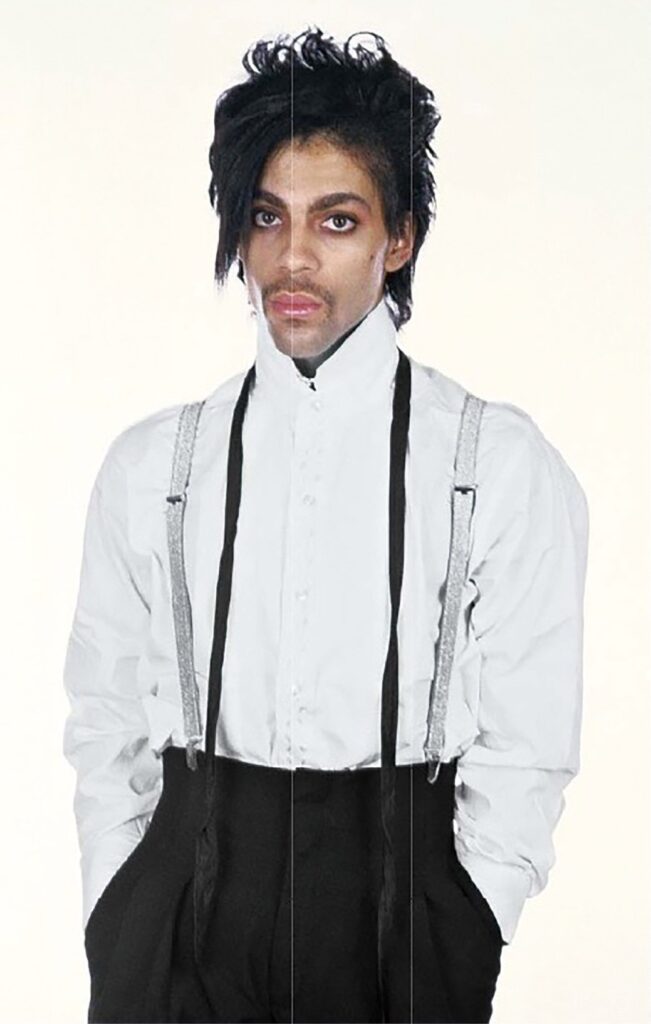February 21, 2023
Following up on an earlier blog post, on February 2, 2023, the Court in Hermès’ trademark suit against the artist known as Mason Rothschild issued a decision explaining his denial of both parties’ motions for summary judgment. If you want a refresher about this case, you can find the earlier blog post here.
On February 8, 2023, after an eight-day trial, a federal jury found in favor of Hermès and awarded the fashion company $133,000 in damages. Fundamentally, the jury decided the digital images were not art, not protected by the First Amendment and, as such, subject to trademark laws. This is an important case as it is the first trial to look at trademark infringement and NFTs.
Let’s dig into both decisions.
The Judge’s Order
There are a couple of interesting elements in the judge’s decision.
Hermès argued that Rothschild’s work was devoid of any artistic value because he could at any time replace the digital images of fake fur bags with other images. According to Hermès, this meant the term “MetaBirkins” referred to the NFTs and not the digital images themselves. Judge Jed Rakoff rejected this’ argument, finding that potential consumers believed they were purchasing ownership of the digital image, not just the NFT. Therefore, he concluded that the term “Metabirkin” “should be understood to refer to both the NFT and the digital image with which it is associated.”
Judge Rakoff also (again) concluded that this case was governed by Rogers v. Grimaldi because Metabirkins originated, at least in part, “as a form of artistic expression,” and the fact that Rothschild may have also had commercial motives didn’t remove First Amendment protections.
In rejecting the parties’ motions for summary judgment, the judge held that a jury needed to decide whether Rothschild viewed the Metabirkins project as primarily one of artistic expression or whether, as Hermès, argued, his motives were purely pecuniary and he fabricated the claim of artistic expression in order to seek refuge in the First Amendment.
The judge also noted that the Second Circuit Court of Appeals hadn’t provided a lot of guidance as to what “artistically relevant,” as used in Rogers, means. Despite this, the judge concluded that the central inquiry in determining whether something is “artistic” is whether “the trademark was used to mislead the public about the origin of the product or the parties that endorse or are affiliated with it.” And that, he determined, required a jury to consider the so-called Polaroid factors. He also noted that the likelihood of confusion under these factors must be particularly compelling in order to abrogate First Amendment protection.
The Jury’s Decision
It’s impossible to know exactly why the jury reached its verdict, but looking at the Court’s Instructions of Law to the Jury and the jury’s verdict sheet, an educated guess (at least on the trademark claim) is that the jury concluded there was a likelihood consumers would believe that Rothschild’s MetaBirkins were sponsored or otherwise connected with or approved by Hermès and that Hermès had proved that Rothschild intended to confuse potential consumers.
Interestingly, in instructing the jury on the applicability of Rothschild’s First Amendment defense, the court seemed to assume that Rothschild’s use of the term “Metabirkin” was artistically relevant.
A few other things here: (1) the judge did not instruct the jury that it should look to the Polaroid factors to determine if something was explicitly misleading; (2) the jury instructions dropped any reference to the Polaroid factors from the discussion of whether the MetaBirkin NFTs were explicitly misleading; and (3) the judge seems to have substituted the “explicitly misleading” language from Rogers with an instruction that the jury needed to determine whether “Hermès had prove[n] that Mr. Rothschild actually intended to confuse potential customers” and, if it had, that he had waived his First Amendment protection.
In its verdict, the jury found Rothschild liable for trademark infringement, trademark dilution and “cybersquatting” (using a brand name in bad faith with the intent of making a profit from a trademark belonging to someone else).
We’ll see if Rothschild appeals (he and his lawyers have stated they will) and, if so, whether he raises those issues on appeal.
February 7, 2023
In 2021, the U.S. Court of Appeals for the Third Circuit held in Hepp v. Facebook that Facebook, Reddit, and others were not shielded by section 230 of the Communications Decency Act (“CDA”) from right of privacy and publicity claims brought by Philadelphia news anchor Karen Hepp. In that case, Hepp’s image was used without her permission in ads for a dating service on the social media platform. The Court concluded that, although Defendants might otherwise have immunity from liability under section 230, Plaintiff’s right of publicity claims fell within an exception in the CDA for “intellectual property” claims.
Looking at New York law, a new decision in the Southern District of New York has reached the opposite conclusion.
The recent case — Ratermann v. Pierre Fabre USA, Inc., et al., No. 22 Civ. 325 (S.D.N.Y.) — was brought by model Patty Ratermann. She granted a license to her image to video marketing company QuickFrame, Inc. This license limited the use of her image to Instagram.
QuickFrame licensed her image to Pierre Fabre, the company behind the skincare brand Avène. Despite the fact that the license provided that Ratermann’s image could only be used on Instagram, Raterman discovered it was being used to promote Avène products on Pierre Fabre’s website, as well as on the websites of Amazon, Walmart, and Ulta.
Ratermann sued, claiming, among other things, that these advertisements exceeded the scope of QuickFrame’s license and violated her rights under New York Civil Rights Law sections 50 and 51.
These sections codify New York’s law on the right of publicity. They protect against the unauthorized exploitation of personal traits for advertising. More specifically, section 50 makes it a misdemeanor for a person or corporation to use “for advertising purposes, or for the purposes of trade, the name, portrait or picture of any living person without having first obtained the written consent of such person” and section 51 provides civil remedies for violations of section 50.
The Defendants moved to dismiss with Amazon, Walmart, and Ulta claiming immunity under section 230 of the CDA, which protects a provider or user of an “interactive computer service” from being liable for information provided by another. The purpose here is to protect websites that host third-party content from liability, allowing them to function without facing potentially crushing legal liability for the acts of third-parties. In layman’s terms, Amazon, Walmart, and Ulta argued that because Pierre Fabre created the ads with Ratermann’s unlicensed image, under section 230 they were not responsible for the content.
In response, Ratermann argued her claims under sections 50 and 51 fell within the exception for “intellectual property” relied on by the Third Circuit in Hepp. The Southern District of New York rejected Ratermann’s argument that sections 50 and 51 provide trademark-like protection. Instead, it concluded that these sections protect privacy, not property. Based on this, the Court dismissed Plaintiff’s claims against Amazon, Walmart, and Ulta.
While this conclusion certainly lines up with the purpose of section 230, there are some problems with the Court’s logic.
For starters, if, as the Court concluded, Plaintiff’s claims under N.Y. Civil Rights Law sections 50 and 51 are purely intended to enable people to protect their privacy from unwanted intrusion, why did the New York State Legislature recently extend the protections of these sections to dead people who presumably don’t have any interest in privacy?
Moreover, there is certainly an element of intellectual property protection to claims under sections 50 and 51. Just like copyright, trademark or patent law, claims under these sections are intended to prevent third-parties from cashing in or taking the value associated with a person’s name or image. Consistent with that, Plaintiff — a model — is seeking to recover her losses or defendants’ profits associated with the unauthorized use of her image. She’s not suing because someone grabbed an unflattering picture of her with a long lens. The Court, however, brushed away these concerns by claiming that such rights exist only in the common law right of publicity (which New York does not recognize).
While Ratermann’s team is considering an appeal in the matter against the online retailers, their breach of contract claim against QuickFrame and right of publicity claims against Pierre Fabre continue to move forward.
January 24, 2023
In November, we wrote about the Hermès International vs. Rothschild “MetaBirkin” NFT lawsuit which, among other things, involves questions about whether an artist’s use of trademarks is protected under the Rogers vs. Grimaldi test for trademark infringement. Another case involving NFTs now raises some of the same issues, but with numerous interesting elements all its own.
Yuga Labs launched the Bored Ape Yacht Club (BAYC) NFTs in 2021. This project consists of 10,000 images of — you guessed it — bored apes generated by an algorithm. Sales of the NFTs in this project total more than $1 billion, making it one of the most financially successful NFT projects to date.
But, while BAYC NFTs became hot commodities among celebrities and wealthy collectors, Ryder Ripps, a conceptual artist, interpreted the BAYC’s logo and elements of the ape images as promoting racist stereotypes and incorporating Nazi and neo-Nazi imagery and ideas. In Ripp’s view, Yuga is trying to infiltrate mainstream society with toxic imagery through superficially harmless cartoon art. For example, Ripps noted: similarities between the BAYC and the Waffen SS logos; the ape skull on the Yuga Labs logo has 18 teeth and 18 is code for Adolf Hitler; and the expression “surf the Kali Yuga” is used by white supremacists.
He published these opinions online and, last May, launched an NFT collection called RR/BAYC.
The RR/BAYC NFTs link their own crypto tokens to the BAYC images and sell for about $200 each. According to Ripps’ website, the project “uses satire and appropriation to protest and educate people regarding The Bored Ape Yacht Club and the framework of NFTs.”
Unsurprisingly, especially because of the value of the original BAYC NFTs, in late-June 2022, Yuga Labs sued Ryder Ripps and others involved with RR/BAYC. Yuga Lab’s Complaint alleges false advertising, trademark infringement, and cybersquatting, among other things. According to Yuga Labs, the RR/BAYC “is a deliberate effort to harm Yuga Labs at the expense of consumers by sowing confusion about whether these RR/BAYC NFTs are in some way sponsored, affiliated, or connected to Yuga Labs’ official Bored Ape Yacht Club.”
Notably, despite elsewhere claiming that RR/BAYC NFTs infringed Yuga Lab’s copyrights, the Complaint does not include a claim for copyright infringement. Nor does it include a claim for defamation against Ripps and others involved with RR/BAYC.
Ripps and the other defendants in the lawsuit moved to dismiss the Complaint. They argue RR/BAYC is an expressive artistic work protected by the First Amendment and, therefore, not actionable under Rogers. They also claim that Yuga Lab’s Complaint must be dismissed because RR/BAYC buyers “understood that their NFT was being minted as a test against and parody of BAYC, and no one was under the impression that the BAYC NFTs were substitutes for BAYC NFTs or would grant them access to Yuga’s club. They explicitly acknowledged a disclaimer when they purchased [the NFTs].” Ripps also filed an anti-SLAPP motion, claiming Yuga Labs is trying to silence him through its lawsuit.
In December, the Court denied defendants’ motions. It held Rogers did not apply as the RR/BAYC NFTs did not “express an idea or point of view, but, instead, merely ‘point to the same online digital images associated with the BAYC collection.’” It also concluded defendants’ use of Yuga’s marks isn’t nominative fair use because defendants are using the marks to sell their own NFTs, not plaintiff’s NFTs.
As for the anti-SLAPP motion, Judge Walter wrote, Yuga Labs had “not brought claims against Defendants for defamation, slander, or libel. Instead, Plaintiff’s claims are limited to and arise out of Defendant’s unauthorized use of the BAYC Marks for commercial purposes.”
And that’s what’s so interesting here: Yuga sued solely for trademark infringement and not for defamation or copyright infringement. Why? On defamation, maybe to prevent anyone from looking too deeply at whether Yuga Labs’ imagery is, in fact, racist or relies on white supremacist imagery and ideas. However, this strategy seems to have backfired as the Court recently required the founders of Yuga Lab to sit for a deposition. Presumably, defendants’ lawyers used this opportunity to specifically address this issue.
On copyright, it seems likely that Yuga Labs didn’t bring a claim because any copyrights belong to the NFT purchasers, not Yuga. Yuga may have also avoided bringing a copyright claim to skirt the issue of whether algorithm-generated NFT collections like BAYC are sufficiently original to qualify for copyright protection.
In any event, stay tuned. If the parties don’t settle, this case will likely go to trial later this year.




